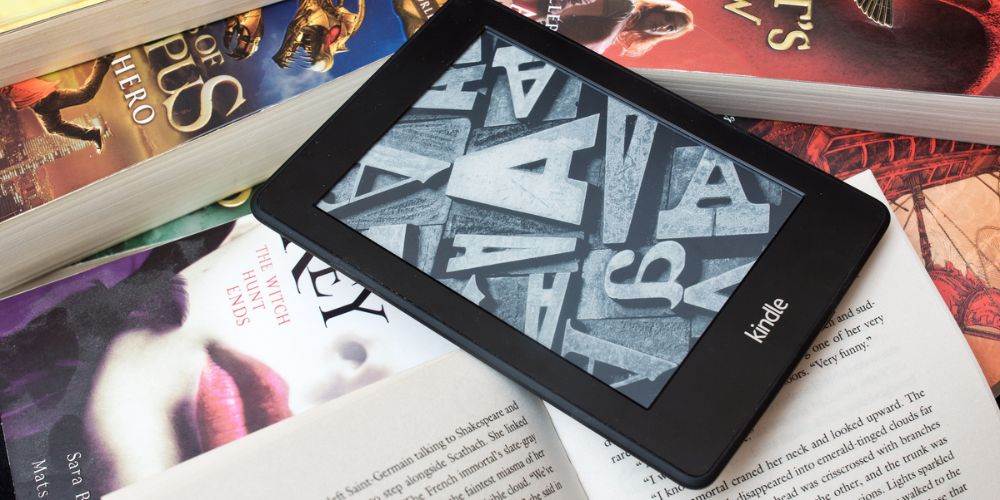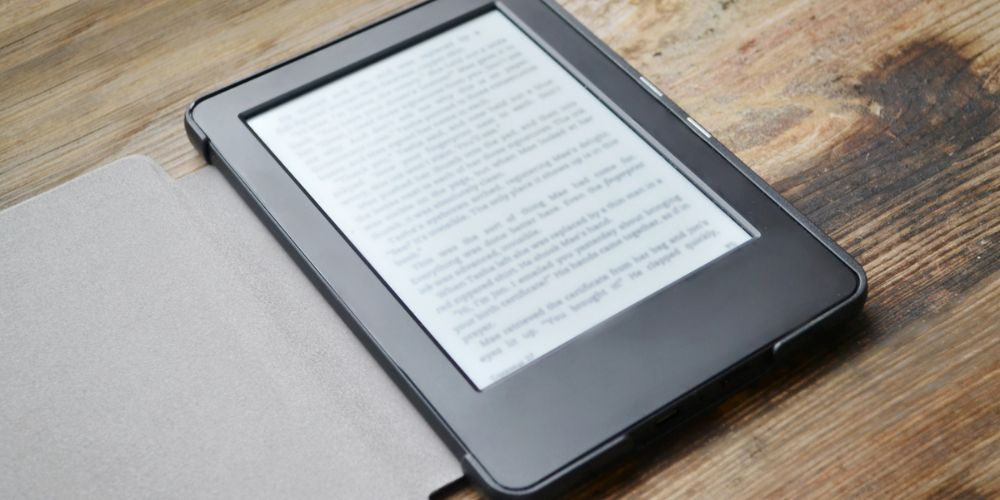19 Frugal Book-Buying Hacks for Avid Readers on a Budget
For book lovers, building a personal library or staying up to date with the latest releases can quickly become an expensive habit.
However, there are plenty of smart ways to save money on books without compromising your love for reading.
From utilizing libraries and digital platforms to exploring secondhand options and community swaps, there are numerous ways to cut costs while still enjoying your favorite pastime.
Here are 19 thrifty tips to help you save money on books and continue growing your collection without breaking the bank.
1. Visit Your Local Library

Libraries are treasure troves for book lovers looking to save money. With free access to thousands of books, e-books, and audiobooks, they provide an endless supply of reading material at no cost.
Many libraries also offer interlibrary loans, allowing you to borrow books from other branches.
2. Buy Secondhand Books

Secondhand bookstores, thrift shops, and online platforms like eBay and ThriftBooks offer great deals on used books. These books are often in excellent condition and cost a fraction of the price of new ones. Buying secondhand is also an eco-friendly way to read more and spend less.
3. Use Free E-Book Platforms

Platforms like Project Gutenberg, Open Library, and Google Books offer thousands of free e-books, especially classics and public domain titles. With just a device and an internet connection, you can access an extensive library of free reads.
4. Take Advantage of Book Swaps

Book swaps are a fun and cost-effective way to refresh your collection. You can swap books with friends, join local book exchange groups, or participate in online swap communities like BookMooch and Paperback Swap to find new reads without spending a dime.
5. Look for Discounted E-Books

E-books often go on sale, and digital platforms like Kindle, Apple Books, and Kobo frequently offer discounts and daily deals. Sign up for newsletters or use apps like BookBub to get notifications about discounted e-books in your favorite genres.
6. Attend Library Book Sales

Many libraries host book sales to raise funds, offering books at incredibly low prices. You can find a wide variety of books, from fiction to non-fiction and children’s books, often for just a few dollars. It’s an excellent way to support your local library while saving money.
7. Join a Book Club

Joining a book club can be a cost-effective way to read more. Some clubs provide books as part of the membership fee, and members often share or lend books among themselves.
Plus, you get the added benefit of engaging discussions and recommendations from fellow readers.
8. Borrow from Friends and Family

Borrowing books from friends and family is a simple and free way to access new titles. It’s a great way to share reading experiences and discover new genres or authors that you might not have chosen yourself.
9. Explore Free Audiobook Options

Audible and other platforms often offer free trials, which you can use to get free audiobooks. Additionally, apps like LibriVox provide free audiobooks of public domain works. This is a great option for those who prefer listening to books while on the go.
10. Check Out Little Free Libraries

Little Free Libraries are small, community-run book exchanges where you can take or leave a book. These free book-sharing boxes are often found in neighborhoods, parks, and community centers, providing a fantastic way to discover new books without spending money.
11. Utilize Digital Lending Services

Services like Libby and Hoopla allow you to borrow e-books and audiobooks from your local library’s digital collection. All you need is a library card to access thousands of titles for free, right from your smartphone or tablet.
12. Buy Digital Versions Instead of Physical Copies

Digital books are often cheaper than their physical counterparts. Consider buying e-books if you don’t mind reading on a device. They’re also convenient for travel and won’t take up space in your home.
13. Sign Up for Publisher Newsletters

Many publishers send out newsletters with special promotions, discounts, and even free e-book downloads. Signing up for these newsletters keeps you informed about deals and helps you get books for less.
14. Shop at Online Bargain Bookstores

Online retailers like Book Outlet, Better World Books, and Books-A-Million often sell new books at discounted prices. They offer bargain deals on both new and gently used books, making it easier to build your collection on a budget.
15. Take Advantage of Student and Teacher Discounts

If you are a student or educator, you may be eligible for discounts at bookstores or on book websites. Retailers like Barnes & Noble and Amazon often offer special discounts, so be sure to check if you qualify.
16. Participate in Book Giveaways and Contests

Follow your favorite authors, publishers, and book influencers on social media for a chance to win free books through giveaways and contests. These events are common, and entering them costs nothing, potentially leading to some exciting new reads.
17. Visit Discount Book Sections in Stores

Big retailers like Walmart, Target, and even some grocery stores often have discount book sections where you can find recent titles at lower prices. Keep an eye out for markdowns, especially on popular books.
18. Use Cashback Apps and Rewards

When buying books online or in-store, use cashback apps like Rakuten, Honey, or Swagbucks. These apps provide cashback on purchases or find discount codes, helping you save money over time.
19. Make Use of Price Comparison Websites

Websites like BookFinder and CamelCamelCamel allow you to compare book prices across multiple platforms, ensuring you get the best deal. They also track price histories, helping you decide the right time to buy.






